The Red Wine is currently characterized by a dynamic competitive landscape, driven by evolving consumer preferences and a growing emphasis on quality and sustainability. Major players such as E. & J. Gallo Winery (US), Constellation Brands (US), and Pernod Ricard (FR) are strategically positioning themselves through innovation and regional expansion. E. & J. Gallo Winery (US) has focused on diversifying its portfolio to include organic and sustainably produced wines, which aligns with the increasing consumer demand for environmentally friendly products. Meanwhile, Constellation Brands (US) has been enhancing its digital marketing strategies to engage younger consumers, indicating a shift towards more tech-savvy approaches in the industry. These strategies collectively shape a competitive environment that is increasingly focused on quality, sustainability, and consumer engagement.
In terms of business tactics, companies are localizing manufacturing and optimizing supply chains to enhance efficiency and reduce costs. The Red Wine Market appears moderately fragmented, with a mix of large multinational corporations and smaller boutique wineries. The collective influence of key players is significant, as they not only dominate market share but also set trends that smaller producers often follow. This competitive structure allows for a diverse range of products, catering to various consumer segments while fostering innovation across the board.
In August 2025, Treasury Wine Estates (AU) announced a strategic partnership with a leading technology firm to enhance its supply chain transparency through blockchain technology. This move is particularly noteworthy as it aims to improve traceability and authenticity in wine production, addressing growing consumer concerns about product integrity. By leveraging technology, Treasury Wine Estates (AU) positions itself as a leader in transparency, which could enhance brand loyalty and consumer trust in an increasingly competitive market.
In September 2025, Diageo (GB) launched a new line of premium red wines sourced from sustainable vineyards in South America. This initiative not only reflects a commitment to sustainability but also targets the premium segment of the market, which is experiencing robust growth. By tapping into this lucrative segment, Diageo (GB) is likely to strengthen its market position and appeal to environmentally conscious consumers who are willing to pay a premium for quality and sustainability.
In October 2025, Jackson Family Wines (US) unveiled a new marketing campaign focused on the heritage and craftsmanship behind its red wines. This campaign emphasizes storytelling and consumer engagement, aiming to connect with consumers on a more personal level. By highlighting the artisanal aspects of wine production, Jackson Family Wines (US) seeks to differentiate itself in a crowded market, potentially attracting a loyal customer base that values authenticity and quality.
As of October 2025, current competitive trends in the Red Wine Market include a pronounced shift towards digitalization, sustainability, and the integration of artificial intelligence in marketing and production processes. Strategic alliances are increasingly shaping the landscape, allowing companies to pool resources and expertise to innovate more effectively. Looking ahead, competitive differentiation is likely to evolve from traditional price-based competition to a focus on innovation, technology, and supply chain reliability, as companies strive to meet the demands of a more discerning consumer base.
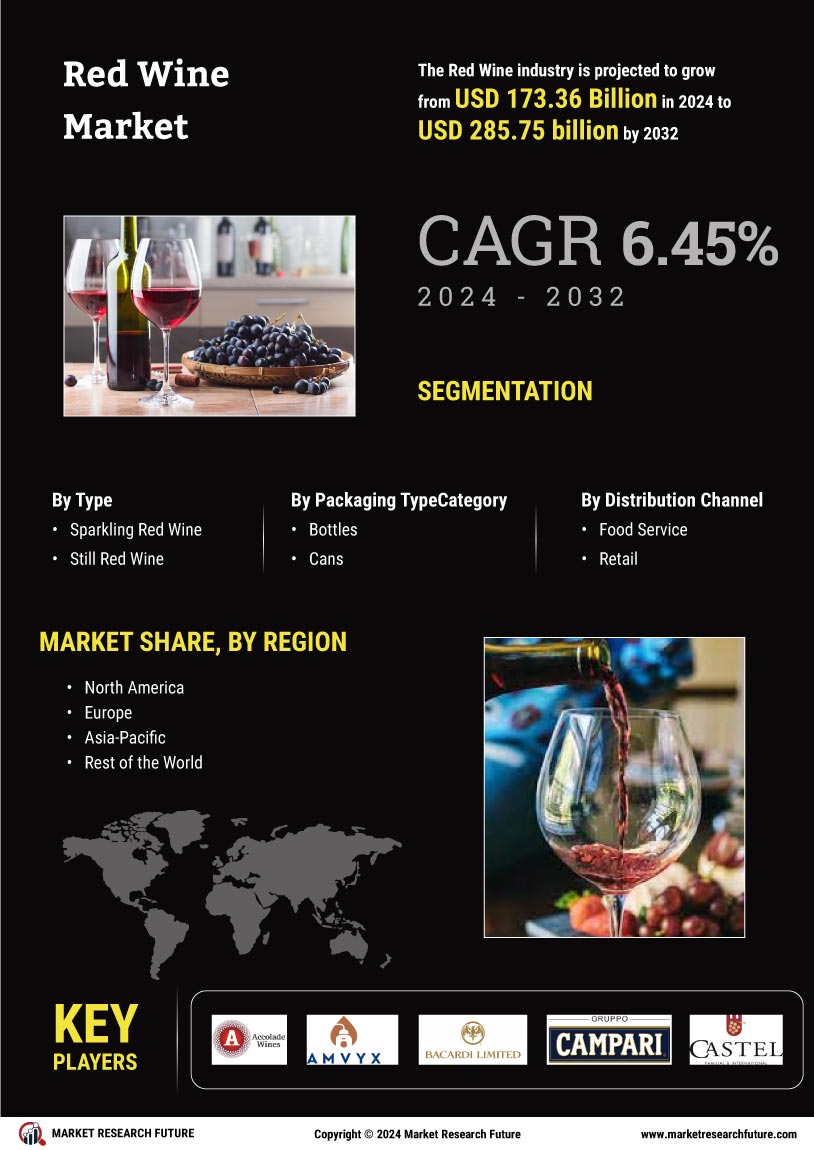

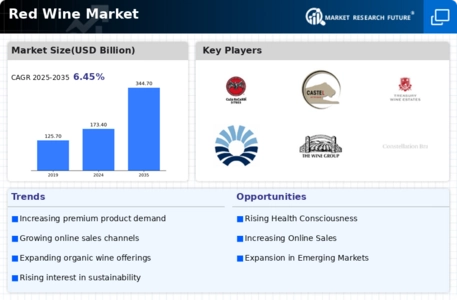

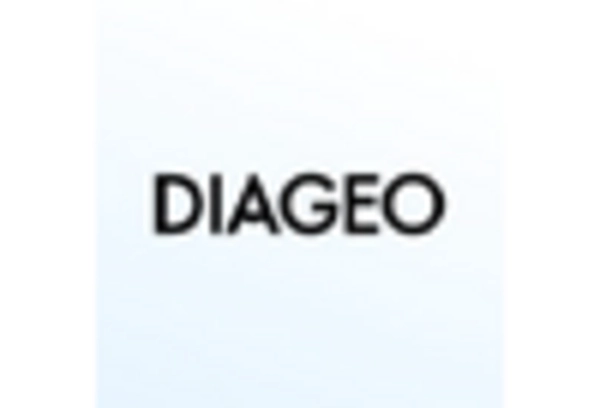

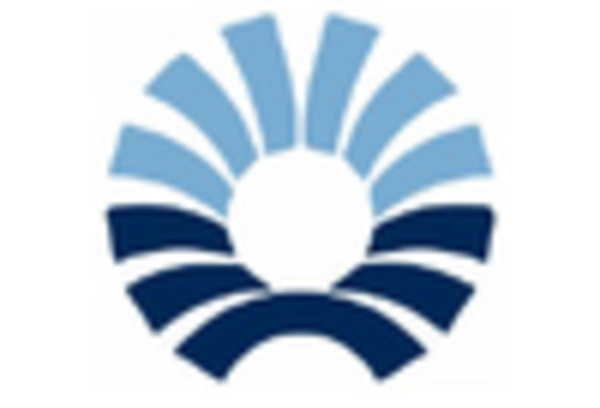

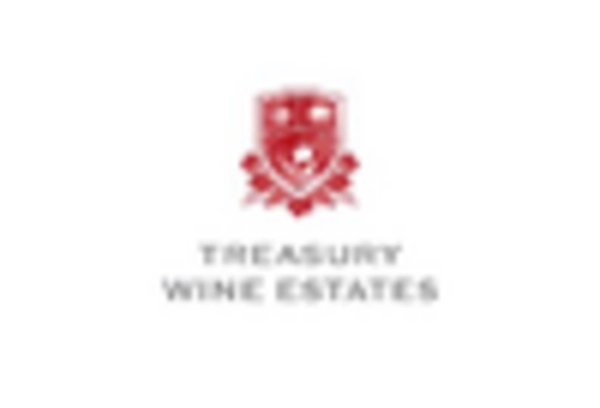








Leave a Comment